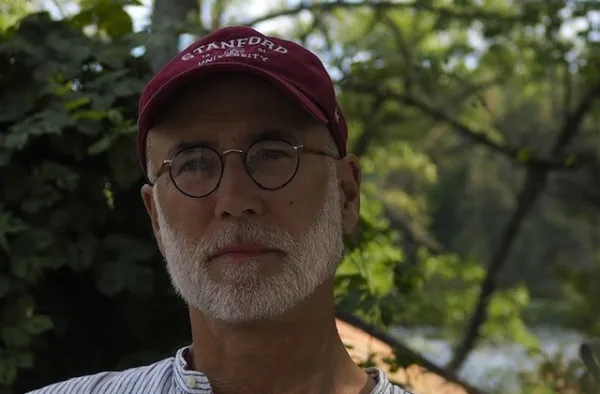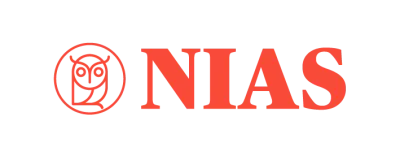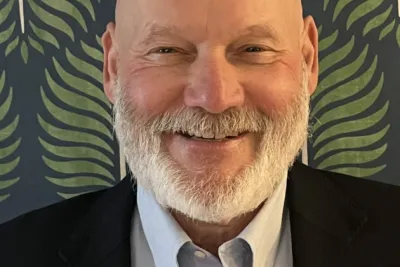Netherlands

Jonas Monié Nordin
Jonas was a NIAS Theme Group (Early Dutch Commerce and Indigenous Landscapes) Fellow during 2024-2025.
My research is focused on three main areas: Sámi archaeology, global historical archeology, and critical cultural heritage studies. I have extensive experience in historical archeology from the earliest Middle Ages to today's society and I wrote my dissertation on feudal practices in Central Sweden during the High and Late Middle Ages with particular regard to Dalarna When power became visible. Late Middle Ages in southern Dalarna (2005).
In the field of Sámi archaeology, I have worked on projects related to early resource colonialism and its social and environmental consequences in Sápmi, specifically in the Torne, Lule and Pite river valleys, as well as the emergence of church and market places in Sápmi during the early modern period. My global archaeological studies have mainly revolved around Scandinavia's role in early modern globalization and the expansion of European colonialism during the long seventeenth century. I have conducted case studies in and around North America, West Africa, the Arctic and India, as well as in large parts of Scandinavia. The work is summarized in the book The Scandinavian Early Modern World: A Global Historical Archeology (Routledge 2020).
In recent years, the bulk of my research revolves around Sámi history in Central Scandinavia, south of what is generally considered to be the southern borders of Sápmi. I work interdisciplinary with scientific and historical archaeological methods at the intersection of material culture, landscape, historical, and depictive sources. I have summarized my methodological vantage points in Mellan medeltid och modernitet. En introduktion till historisk arkeologi från senmedeltid till idag (Studentlitteratur 2021).
In recent years, I have carried out archaeological excavataion of Sámi settlements in Dalarna, Hälsingland and Uppland, from the early modern and modern period. I have also studied early modern collecting practices and the creation of images of Sámi and Sápmi and the importance of Sámi material culture in the creation of the first museums, during the early modern period.
Research questions: What sources from the seventeenth century trade with Sápmi exist in the Netherlands? What material sources can be linked to the Sámi–Dutch trade?
In this project, Jonas Monié Nordin investigates Dutch trading companies and traders in northern Scandinavia during the second half of the seventeenth century.
What was the role of Dutch investors in Sápmi – the land of the Sami? Conversely, what role did Sápmi and the Sámi people play in structuring Dutch colonial practice and colonial ideology? And what does a decolonial approach to this history look like?
To answer these questions, Nordin examines Dutch-Scandinavian-Sámi interactions within the broader context of Dutch colonialism in the seventeenth century. The Dutch in the north were part of a global commercial and colonial network centred on Amsterdam. His decolonial approach to Dutch-Scandinavian-Sámi history embraces this global perspective while remaining grounded in local indigenous contexts.
Sámi archaeology; global historical archeology; and critical cultural heritage studies; material culture; landscape; historical, and depictive sources



